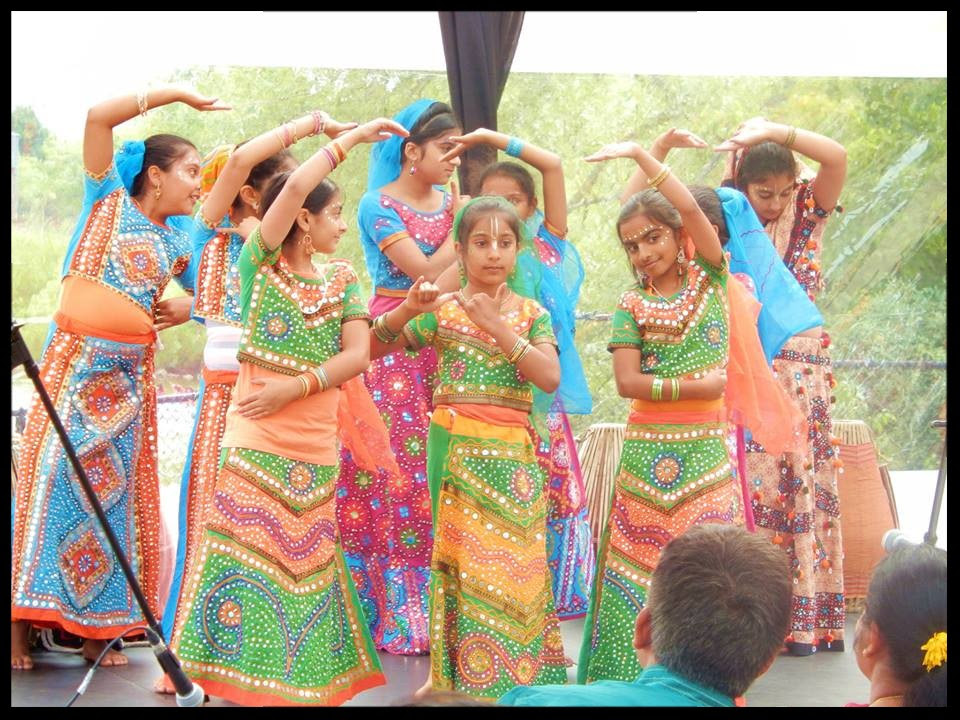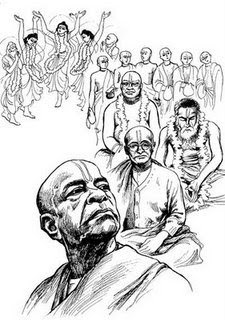Sunday, January 12th, 2020
Saturday, January 11th, 2020
→ The Walking Monk
Iskcon temple resurrected after devastation from the earthquake (Album of photos)
→ Dandavats

Iskcon temple resurrected after devastation from the earthquake (Album of photos)
A visit to ISKCON Christchurch, New Zealand.
Ramai Swami: It’s always nice visiting our temple in Christchurch. It’s been around 3 years since it opened after the devastating earthquake destroyed the previous one. The deities of Sri Nitai Gauracandra are beautiful as ever and the devotees enthusiastic.
First Ratha Yatra Festival in Surfers Paradise, Australia (Album…
→ Dandavats

First Ratha Yatra Festival in Surfers Paradise, Australia (Album of photos)
Srila Prabh...
Krishna bhakti (video)
→ Dandavats

Morning Class SB 4.27.22 HG Atul Krishna Prabhu - 17 January 2020 in Melbourne (video)
ISKCON Christchurch
→ Ramai Swami
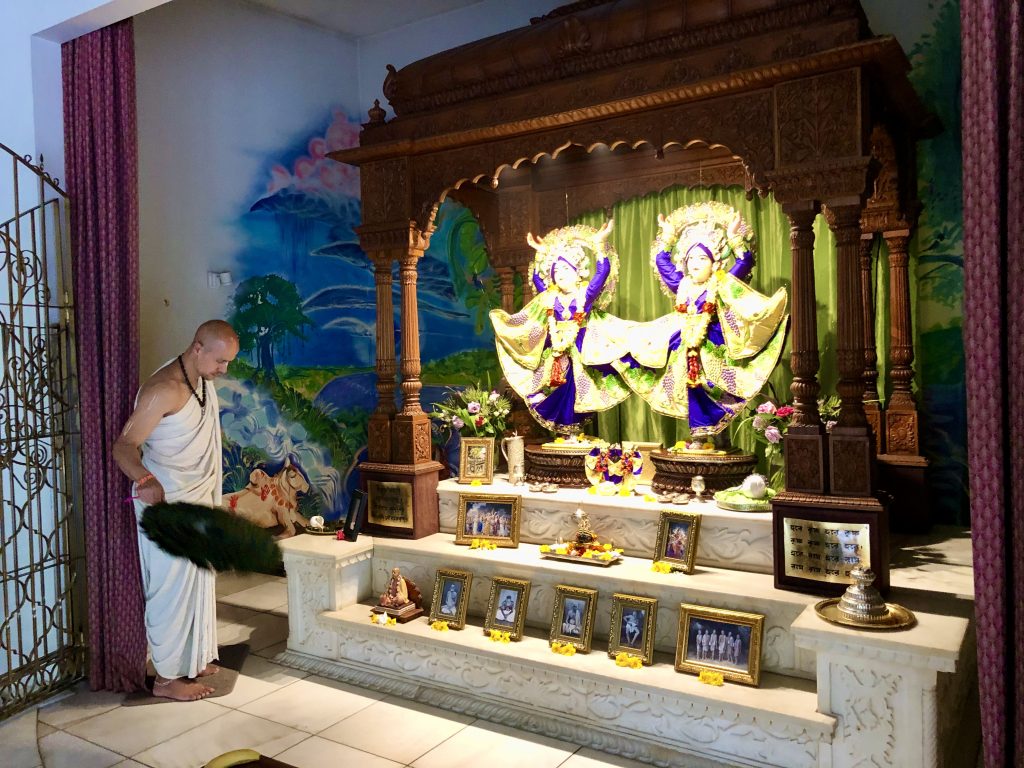
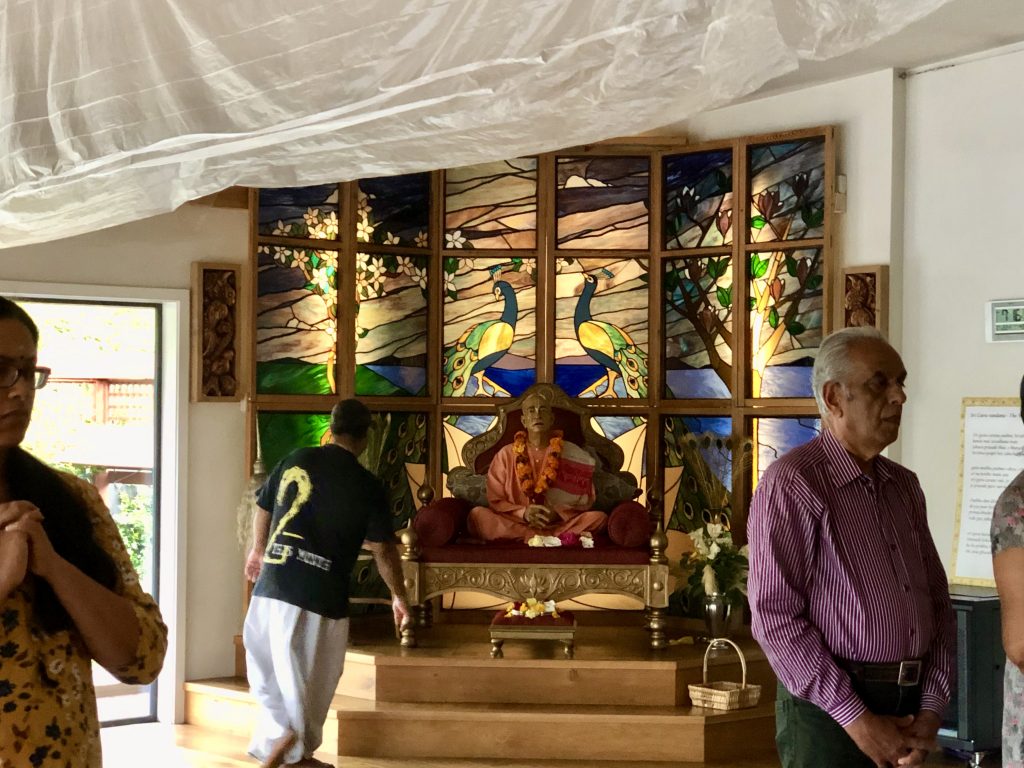
It’s always nice visiting our temple in Christchurch. It’s been around 3 years since it opened after the devastating earthquake destroyed the previous one. The deities of Sri Nitai Gauracandra are beautiful as ever and the devotees enthusiastic.
I went to the new “Jagannatha Restaurant” that Krsna Gopal opened downtown on Colombo Street, which is just a block from our previous restaurant that also had to be knocked down because of the earthquake. The decor and prasadam were great.
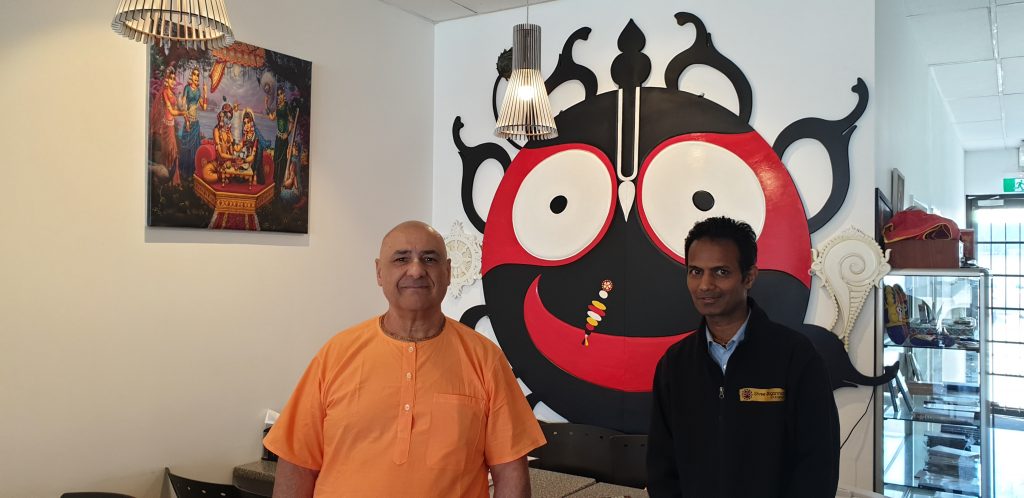

Simply things
→ simple thoughts
The other day I was studying a picture of a small toddler looking up at an old lady in a wheelchair, the toddler looked inquisitive looking at the lady in the chair.
I was pondering how this in itself showed how quickly time passes, the old lady was once like this small toddler inquisitive and learning about the world around her, it just seems an eternity away from being so old.
It won’t be long before ones knowledge expands and schooling takes place, the body goes from toddler to one of a young lady, and how this now old wheelchair bound lady was chased my many admirers some wanted and some not so.
She had her own children and guided them as they grew and before long found herself holding her grandchildren wondering how quickly time has passed, now the toddler looks at her and could be her great grandchildren.
Time waits for no one and this little picture seemed to encapsulate this, and it reminded me that as a devotee Srila Prabhupada reminded us to not waste time and to make sure we go home back to Godhead this lifetime.
It also made me appreciate how something simple can remind us of Sri Krishna and the lovely purports from Srila Prabhupada books, it’s the simple things.
Ujjain Global Retreat – ISKCON’s Youth – Young Talents Aiding Growth (video)
→ Dandavats

Ujjain Global Retreat & Srila Prabhupada Memorial Festival (video)
ISKCON’s Youth - Young Talents Aiding Growth. Seminar by HH Bhakti Charu Swami.
Sankirtan Yajna for the Age of Kali, January 16, Dallas
Giriraj Swami
Posted by Giriraj Swami on Thursday, January 16, 2020
Give Me hope
→ ISKCON News: Latest Stories
TOVP Art Progress Report – December, 2019: Relief Panels, Murtis and Elephants
→ ISKCON News: Latest Stories
VIHE Bhakti-sadacara 2020
→ ISKCON News: Latest Stories

The VIHE invites devotees to attend the Bhakti-sadacara course, which will take place from the 17th of January to the 8th of April, 2020. The Bhakti-sadacara course is especially designed to give systematic knowledge to new devotees and to train devotees who did not have a chance for such systematic training before. More information: https://vihe.org/bhakti_sadacara.html
Sri Krishna Pusya Abhiseka – When Simple Meets Grand
→ ISKCON News: Latest Stories
Should We Forgive Those Who Have Hurt Us?
→ ISKCON News: Latest Stories
Yoga Shala North Wales, UK, Welcomes ISKCON Monks to Rhuddlan
→ ISKCON News: Latest Stories
Prominent Indian Corporate Billionaires Initiate Efforts to Develop Mayapur Heritage City
→ ISKCON News: Latest Stories
New Jersey Devotees Appear on TV Asia to Over 1.5 Million Viewers
→ ISKCON News: Latest Stories
Prominent Indian Corporate billionaires initiate efforts to develop Mayapur Heritage City
→ Dandavats
 By Parijata dasi
By Parijata dasi The first meeting of the Advisory Committee for the development of Mayapur Heritage City was held on 9 January 2020 at Sajjan Jindal's office. The meeting was initiated by Devakinandan Das, Zonal Secretary and Vice Chairman of Member of Mayapur Executive Board (MEB), and saw the participation of some of the most distinguished members of the corporate world namely Sajjan Jindal (Chairman - JSW Group & Advisory Committee), BK Goenka (Chairman - Welspun Group), Ajay Piramal (Chairman - Piramal Group), Ashok Goel (Chairman - Essel Group), Harshvardhan Neotia (Chairman - Ambuja Neotia Group) and Sanjiv Goenka (Chairman - RP Industries Ltd). Other businessmen who are members of the Committee but were unable to attend the meeting are Shri Gautam Adani (Chairman, Adani Group), Shri Anil Agarwal (Chairman, Vedanta Resources) and Puneet Dalmia (Dalmia Bharat Group). Continue reading "Prominent Indian Corporate billionaires initiate efforts to develop Mayapur Heritage City
→ Dandavats"
TOVP Pujari Floor Grand Opening, February 13 – H.H. Bhakti Caru Maharaja Speaks Out
- TOVP.org
On February 13, 2020 all of ISKCON will be celebrating the historic, milestone Grand Opening of the completed Pujari Floor. In this video His Holiness Bhakti Caru Maharaja speaks about the importance of this accomplishment as we head towards the Grand Opening in 2022.
This event heralds the relocation of our beloved world deities into Their new, long-awaited new home. It is the largest facility of its kind in the world at over 2.5 acres in size with over 20 seva rooms specially designed by Their Graces Jananivas and Pankajanghri prabhus.
You can read more here: https://m.tovp.org/pujarifloor. The entire event can be viewed live on mayapur.tv
The post TOVP Pujari Floor Grand Opening, February 13 – H.H. Bhakti Caru Maharaja Speaks Out appeared first on Temple of the Vedic Planetarium.
The Bhaktivedanta Book Trust happy to announce its new site!
→ Dandavats

The Bhaktivedanta Book Trust is very happy to announce the release of a new website, www.bbt.info, your ultimate guide for all things BBT. Visit this website to learn more about BBT, its mission, organization, and governance, the unique relationship between BBT and ISKCON, and more.
Further Progress of Pujari Floor Ceiling Panels
- TOVP.org
With less than a month to the Grand Opening of the TOVP Pujari Floor on February 13 we are racing to complete all the details and embellishments. Pictured here are the beautiful and ornate ceiling panels being installed from which chandeliers will be hung.




Below is the official promo flyer for the Pujari Room Grand Opening with the schedule. Please share with other devotees to get the word out about this historic, milestone event. You can watch live on Mayapur.tv.
The post Further Progress of Pujari Floor Ceiling Panels appeared first on Temple of the Vedic Planetarium.
Cow protection – interview (audio)
→ Dandavats

Cow protection - interview (audio)
HH Krishna Ksetra Swami: Here’s an interview I gave a few days ago on NewBooksNetwork about “Cow Care in Hindu Animal Ethics”
What does cow care in India have to offer modern Western discourse on animal ethics? Why are cows treated with such reverence in the Indian context? Join us as we speak to Kenneth R. Valpey about his new book Cow Care in Hindu Animal Ethics (Palgrave Macmillan, 2019). Valpey discusses his methodological odyssey looking at ancient Hindu scriptural accounts of cows, to modern Hindu thinkers (Gandhi, Ambedkar) on cow protection, to ethnographic work on individuals engaged in the modern Indian cow protection movement.
Do you remember me?
→ Dandavats

Do you remember me?
I was distributing in Byron Bay, Australia. When I approached a man, he asked, “Do you remember me?” “No, sorry, I don’t.” “Three years ago, you gave me the Bhagavad-gita, and I gave you a donation.
I thought it might help me through my troubled times. I had lost my business and my family, so I was drinking a lot. Basically I wanted to drink myself to death. Miserable.
Read More...
Srimad Bhagavatam class In Vrindavan, Jan. 16, 2020 (video)
→ Dandavats

Srimad Bhagavatam class by HH Prabodhananda Saraswati Swami in ISKCON Vrindavan, Jan. 16, 20.
HG Satyasena Prabhu ACBSP left the mortal world yesterday
→ Dandavats

HG Satyasena prabhu ACBSP left the mortal world yesterday evening in Belgaum (India). By Krishna’s mercy, just before leaving the body, he was in the temple - all good, chanting, listening class and all of a sudden he left!
He left his body in Uttarayan (Makar Sankranti was just the day before yesterday) in the temple – while chanting, listening katha in the association of devotees, his family was there, HH Bhakti RasamritaSwami was also there - so surely he has gone back to his eternal service for his beloved Lord in Goloka Vrindavan.
Invitation to Viplavah 2020 International Education Symposium
→ ISKCON News: Latest Stories
ISKCON To Set Up Mega Kitchen At Ganga Sagar
→ ISKCON News: Latest Stories
HG Haihaya Das ACBSP departed
→ Dandavats
 He was from Colombia, president of the Mexico temple but he preached along with his wife Narmada dasi also in Italy, Spain, India and Berkeley to list a few. He was very deep-hearted and sober-minded, a kind-hearted nature.
He was from Colombia, president of the Mexico temple but he preached along with his wife Narmada dasi also in Italy, Spain, India and Berkeley to list a few. He was very deep-hearted and sober-minded, a kind-hearted nature.Sunday Love Feast – Jan 19th 2020 – Vedic Discourse by His Grace Kashyap Muni Prabhu
→ ISKCON Brampton
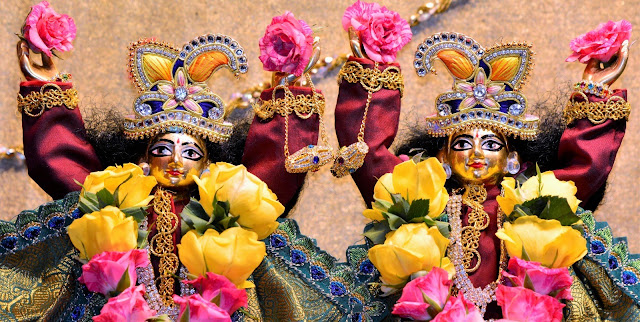
| |||||
A Day In Vrindavan
→ ISKCON News: Latest Stories
Radhe Jaya Jaya – The Kirtaniyas – Vrindavan, India
→ ISKCON News: Latest Stories
Getting Spiritual Guidance Through Happy Chanting of Hare Krishna – Streets of Poland
→ ISKCON News: Latest Stories
Bhakti Center: A Journey of Self-transformation!
→ Dandavats

The Bhakti Center is more than a Lower East Side yoga studio, a meditation school, a temple or even a cultural center. The Bhakti Center is a place of spiritual education and personal transformation. Each year in January we publish an annual report: a document that highlights our key achievements and successes of the year. This year, we decided to focus on the stories of our community –and their experiences of spiritual growth. We hope this publication will not only inspire you, but will invite you into the lives of our community members and help you feel a part of our growing Bhakti community.
TOVP progress report (Album of photos)
→ Dandavats

TOVP progress report (Album of photos)
Sadbhuja Das: Here is a progress update on the installation of the GRG ceiling panels which are on the pujari floor. As you can tell from the pictures we have definitely fastened up the pace, and the results of these fixations are looking quite stunning
Food, Diet and Cooking
→ Dandavats

Srila Prabhupada: Even if we vegetarian are, then how you become big? The goats are vegetarian. Huh? Apadāni catuṣ-padām. This vegetable is meant for the catuṣ-padām, for the animals, four-legged animals. If somebody says that "Why shall I take this vegetable? It is meant for the animals. I shall take the animal." That is a good argument. Yes. So, to become vegetarian is not ahiṁsā at all. It is a bogus theory. To become a devotee and take Kṛṣṇa prasādam, that is perfect. Kṛṣṇa says, patraṁ puṣpaṁ phalaṁ toyaṁ yo me bhaktyā prayacchati
Read More...
You Too Can Chant Hare Krishna and Be Happy! (12 min. video)
→ Dandavats

You Too Can Chant Hare Krishna and Be Happy! (13 min. video)
While advertising the 2019 Ratha-yatra festival, Harinamananda and Sundar Nitai Prabhus of Harinama Ruci engaged dozens of shop workers, tourists, locals, and street performers of Dublin in chanting the Hare Krishna mantra, thus relieving them of their karmic burden and giving them a taste of devotional service to Krishna. You too can chant Hare Krishna and be happy!
Gaura Purnima – Tue 10th Mar
→ The Hare Krishna Movement New Zealand
Zinging Pumpkin Curry Recipe
→ Bhakti Lounge
Serves: 4
Cook time: 50mins
Chaunce
1tsp cumin seeds
1tsp fennel seeds
1tbs ginger
1/2tsp hing
Veggies
1L worth of veggies (potato, carrot)
2c baked pumpkin (pureed)
2c chickpea or red kidney beans, soaked over night in water
1/2c coconut cream
1/3c lemon juice
1/2c sugar
pinch chilli flakes
1.5tsp ground fenugreek
2tsp coriander powder
1.5tsp turmeric
2tsp salt
Method
1. Heat a pot with oil, lightly toast the cumin and fennel seeds, when they’re slightly browned add the ginger and hing
2. Add the chickpea or beans with water that comes just above the beans, boil for 45 minutes or until they are cooked (take one out and if can easily be squished it’s done)
3. Peel and roughly chop the pumpkins, bake in the oven until soft then puree (or mush with hands)
4. Chop the other veggies into bite sized pieces and lightly steam them separately
5. When the beans are cooked, add the lightly steamed veggies and all the other ingredients, cook for another 5minutes
6. For our secret ingredient, and to make it Krishna Food quality, simply say ‘Hare Krishna Hare Krishna Krishna Krishna Hare Hare, Hare Rama Hare Rama Rama Rama Hare Hare’ over the pot and then enjoy the meal!
Friday, January 10th, 2020
→ The Walking Monk
Gita key verses course 5 – What is spirituality? Is it a state of mind? Why are so few people spiritually minded?
→ The Spiritual Scientist
Podcast
The post Gita key verses course 5 – What is spirituality? Is it a state of mind? Why are so few people spiritually minded? appeared first on The Spiritual Scientist.





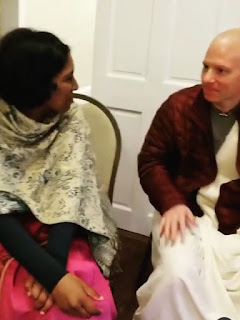











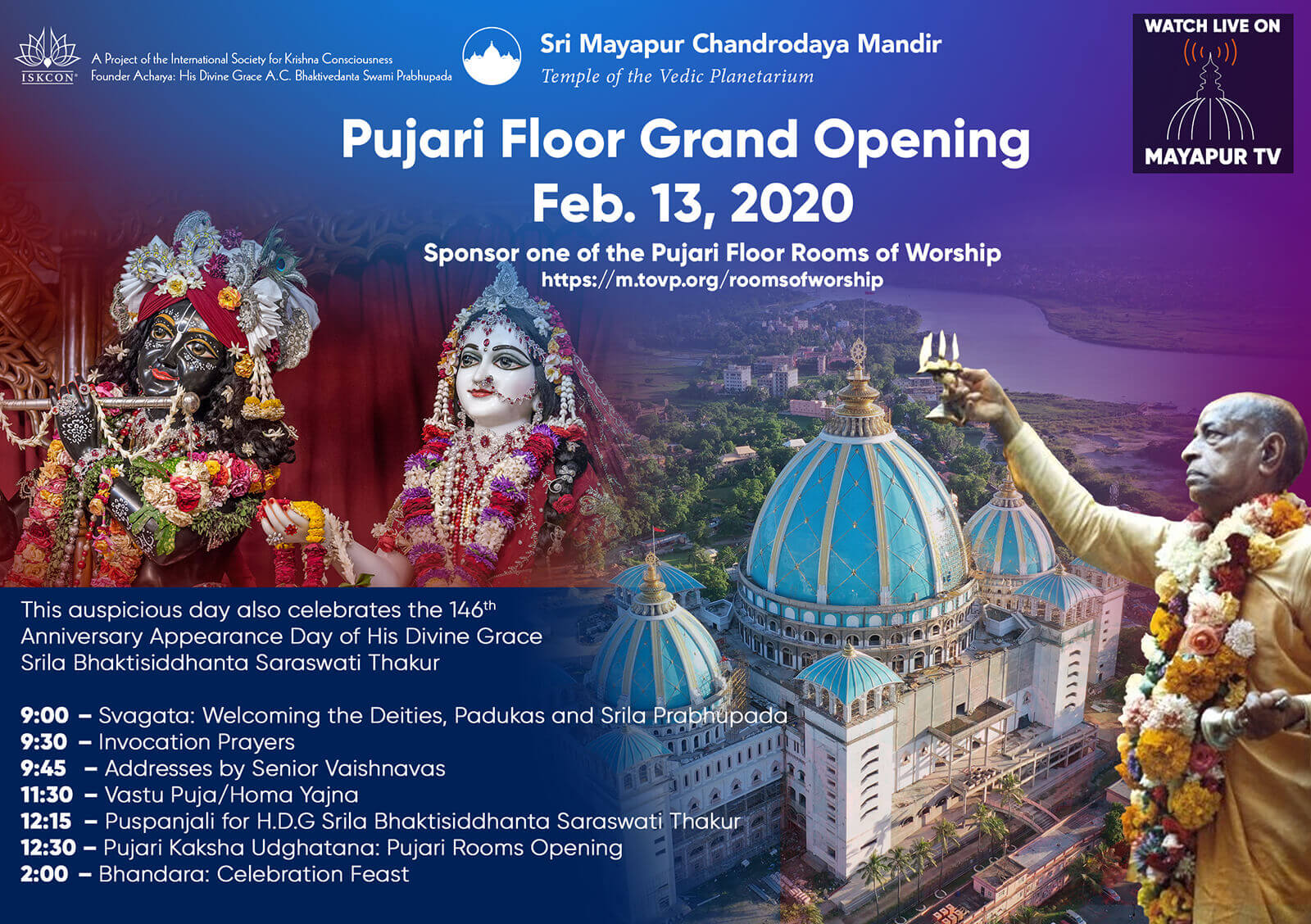



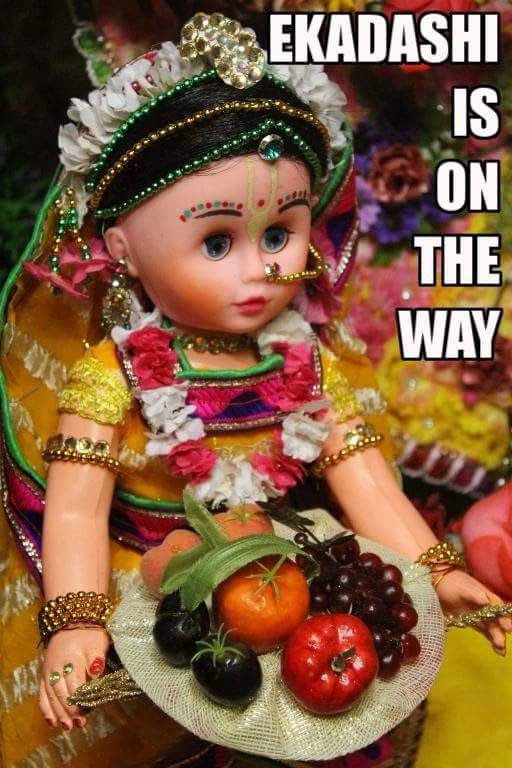
 Adult Education At The Temple
Adult Education At The Temple